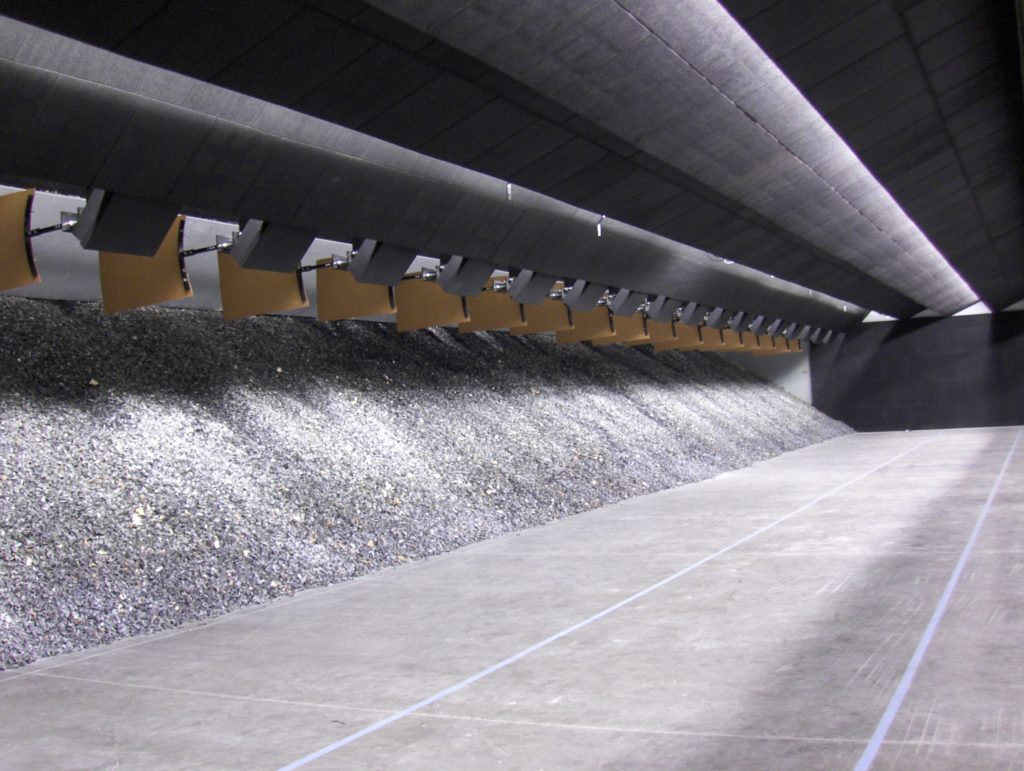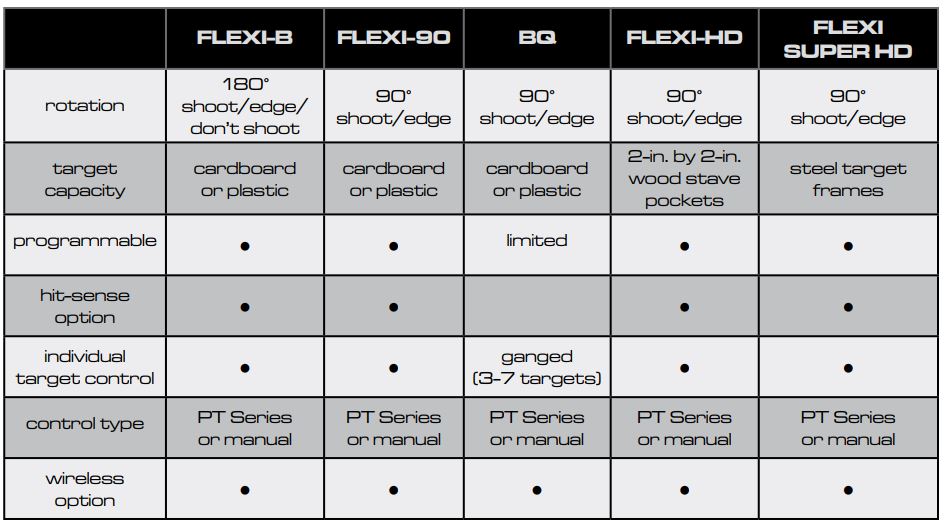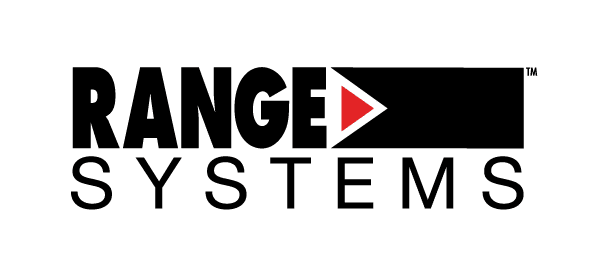Turning Targets – Top 5 things to consider when you encounter the Compressed Air vs. Electric dilemma
The big debate when installing a new turning target range these days is whether to install an electric or air compressor driven pneumatic range. Although electric ranges are not new, they were out of fashion for the last couple of decades. But advancements in motor technologies, electronics, and most notably power supplies have given electric ranges some new fans.
At ATS Targets, we provide both, and we hope this guide is helpful. What’s more, we highly recommend a discussion with one of our engineers so that we can talk you through your specific needs prior to settling on one technology or another.
Number 1 – Cost
Jumping right into the sparks vs. puffs debate the first question is usually cost. In short, pneumatic ranges have a lower installed cost but a slightly higher operating cost. Over the life of the range, an electric range will still cost more at today’s power costs.
Best value – Pneumatic
Number 2 – Ease-of-use
At ATS Targets, we can only opine on our products when it comes to ease-of-use, but we can certainly say that the technologies have the exact same interface for programming and operating the range. The start-up sequence varies just a bit, but for your purposes on range day, they are virtually identical.
Best value – Tie
Number 3 – Maintenance
Again, ATS Targets can only comment on the products we sell, but in general, neither system is expected to require much in the way of preventative maintenance. Basic range maintenance is a must to ensure long target system life. As always, folks should try to keep flooding, mud flows, and heavy weeds at bay at the berm for either system. Most high-quality air compressors need oil changes and, in some cases, desiccant replacement on occasion, and at start-up the lines need to be drained of any moisture. (Shameless plug, ATS Targets offers on site maintenance plans!) But otherwise, maintenance on pneumatic target systesm is minimal.
With electric systems however, there is none. So, the nod here has to go to electric. Both range systems are designed to last many, many years. It is generally expected that a well-maintained pneumatic range will last longer than an electric range due to the mere fact that there is more that can go wrong with electric turners due to the embedded electronics. In addition, it must be noted that the average cost for a repair of an electric turner is 2 to 3X that of the pneumatic counterpart.
Best value – Pneumatic

Number 4 – Performance
There are many factors that affect performance ranging from design, installation, usage, and quite frankly physics. We will attempt to point out some of the highlights here. But, as mentioned earlier, a phone call with one of our engineers to walk through your specific needs might be in order.
In general, pneumatic ranges can twist faster, but we generally try to keep them as slow as tolerable to maximize the life of the equipment.
Pneumatic ranges can be tuned individually in each of the moves they make, i.e. clockwise twist/counterclockwise twist which minimizes variation in turning speed from target to target on the shooting line. Electric turners can have some variation from target to target due to slight variations in the electric motors, gearboxes, etc. which is not tunable.
Another performance area to consider is the target mass. If your range requires turning heavy targets and/or target holders, pneumatic may be your only option.
Cold weather operation is not generally a big problem for either type of range in lower latitudes, but in the north, outdoor pneumatic ranges must be shut down when the temperatures drop below freezing.
The final performance criterion to consider is noise. Pneumatic targets to make some noise, but our muffler systems keep it to a minimum. However, electric target systems are nearly silent.
Best Value – Tie
Number 5 – Features
Generally speaking, electric ranges are easier to add features and accessories to by virtue of the fact that most of the accessories and features are, well, electronic. With ATS Targets’ products, the standard base system is full-turning (shoot/edge/don’t shoot), hit-reactive, wireless and fully programmable. In addition, lighting kits can be added for red/blue flashers, muzzle flash strobes, alarms, sirens, etc.
Another great feature of electric systems is the ability to easily integrate battery back-ups for training any-time, and even solar panels for seamless operation in ranges that are in hard-to-reach places.
With pneumatic systems, each target that needs these features needs to add additional wiring for power of a wireless hit action module or WHAM. So from a pure base unit feature count perspective, the electric system offers more goodies. However, many ranges just don’t need all those features. In these cases, the simplicity of pneumatic systems is helpful. If full-turning is not needed and a simple 90 degree twist will do, pneumatic systems are simple and cost effective. If the targets need to turn exactly together, they can be ganged onto the same push rod on a pneumatic system giving each sooter exactly the same look at the targets which is ideal for competitive shooting.
Best value – Electric
Overall Winner
ATS Targets would love to put a stake in the ground here and tell you which is better, but the truth is that it just depends. In summary:
Pneumatic
- Great value
- Simple
- Last a very long time, especially when combined with an ATS Targets maintenance plan.
Electric
- Loaded with bells and whistles
- Maintenance free
- One switch to start training
We hope that this helps you think through your needs and we are always here to help. Just call us at 651-429-8091 or email us at sales@range-systems.com if you have any questions about your project. Otherwise, shop now. What can we build for you?




